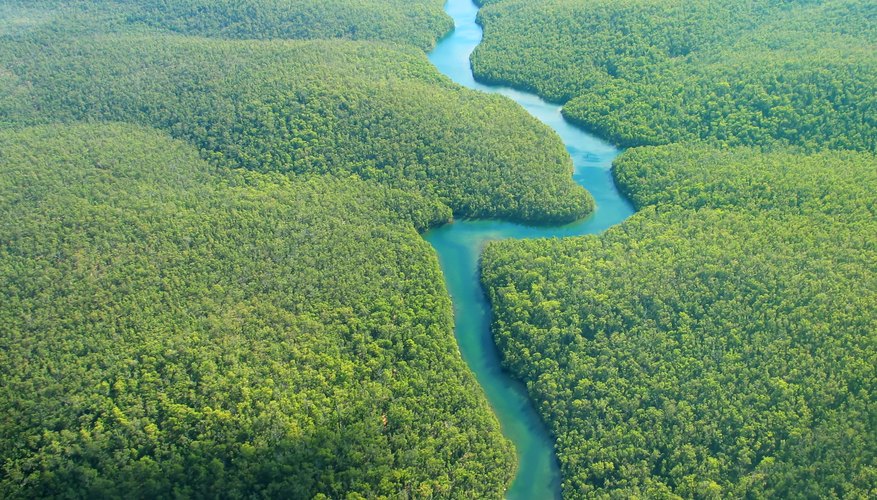What Effects Does Bubble Gum Have on the Environment?
If you’ve ever stuck your hand under a school desk or accidentally placed your new shoe in a giant wad of sticky gum, you already know that spit-out bubble gum can be pretty gross. What you might not know is that it can also be pretty bad for the environment. People often don’t dispose gum properly, and even if they do, it’s not biodegradable, meaning it can be a big source of litter and contamination around the world. Understanding more about gum’s composition and its impact on the environment can help you become a more responsible bubble gum consumer.
The synthetic polymers in bubble gum make the chewy treat not biodegradable, which means it can become toxic litter or take up valuable space in landfills. Responsible gum chewers should look for biodegradable chewing gum free of synthetics.
The Beginning: Bubble Gum Invented in 1928
Mastication, the scientific name for chewing, can help boost energy, fight hunger and keep your teeth and gums healthy. That's why for centuries, humans have chewed on different plants like resin. But it wasn’t until 1928 that bubble gum as you know it first hit the market. Walter Diemer came up with a formula for a pink bubble gum that was more flexible than other chewing wax. That allowed kids to chew it more comfortably and, more importantly, blow bubbles with it. His product took off, and ever since, competitors have come up with all kinds of different chewing gums in many flavors, colors and shapes.
The Makeup of Bubble Gum
As many different types of flavors of gum there are, though, the basic ingredients remain relatively the same. Whether you’re chomping on cheap chewing gum or blowing more high-end bubbles, most gum is made with a base of a synthetic polymer called polyisobutene, a synthetic plastic material that helps give gum its flexibility.
All the types of bubble gums have another thing in common: most people don’t dispose of them properly. This is where the environmental problems begin. While gum doesn’t have enough polyisobutene in it to be harmful to its chewers, the material does prevent gum from being biodegradable. When you start to think about all the gum chewers around the world who are spitting out their gum instead of responsibly placing it in garbage cans, you can see how all the wads of gum are contributing to the plastic litter that is constantly compiling around the world. In fact, some environmental scientists believe that gum is the second largest source of litter globally, following cigarette butts.
That gum litter can harm the environment in different ways. Sometimes, animals both on land and in the water will munch on discarded, chewed-up gum, which can fill them with toxins their bodies aren’t accustomed to. And while one tiny piece of gum might seem small, the spit-out wads add up quickly. One environmental issues infographic estimates that gum makes up 250,000 tons of waste in the Earth’s landfills, which are already overflowing.
Being a Responsible Chewer
Some countries, like Singapore, have already started to crack down on bubble gum, banning it unless people have a medical reason to be chewing it. Even without a government ban, though, it’s possible to be an environmentally conscious gum chewer.
Some gum brands have worked with scientists to create gum that is biodegradable. Look at the labels of the gum you’re chewing. If it notes that it is all-natural, is free of synthetic polymers or is biodegradable, it’s probably a good choice. And even if you can’t find this kind of gum in a store near you, try to always remember to dispose of your gum in a garbage can rather than littering it. It’s possible that will make your gum end up taking up space in a landfill, but that is better than it getting into the mouth of an animal who could be harmed by the gum, or onto the bottom of someone’s new shoe as they’re walking down the street. With a little extra consideration when buying and consuming gum, you can help lessen the environmental impact of your chewy treat.
BE READY TO DISCUSS THE ISSUE!




